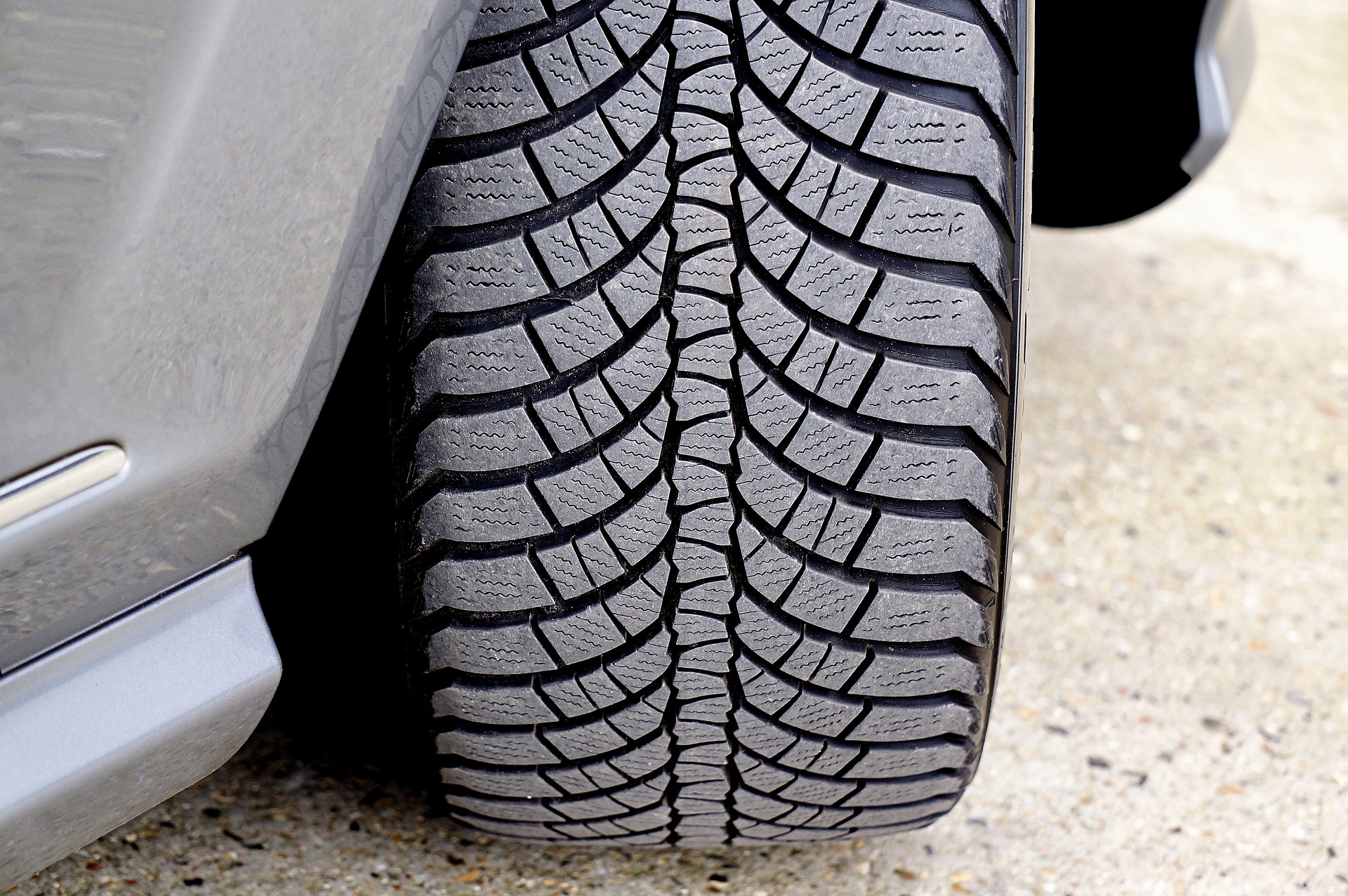Unfolding the Magic of Continuously Variable Transmission
In an era where fuel efficiency and smooth driving experience have become significant parameters for car enthusiasts, Continuously Variable Transmission (CVT) has emerged as a game-changer. With no fixed gear ratios, CVTs have revolutionized the way we drive. But, what makes them so special and how do they impact our driving experience? Let’s delve into the fascinating world of CVTs.
The Genesis of CVTs
The concept of CVTs is not new. It can be traced back to Leonardo da Vinci, who created drawings showcasing the idea of a continuously variable transmission. However, it wasn’t until the 20th century that CVTs started to make a notable impact. DAF, a Dutch car manufacturer, introduced the first commercial CVT in the 1950s. It was a simple design that utilized a belt-driven system. Over the years, the technology has evolved, with manufacturers incorporating more complex systems like hydrostatic and toroidal CVTs.
The Mechanics of CVTs
Unlike traditional transmissions, which use a set of gears, CVTs use two pulleys connected by a belt. One pulley connects to the engine, while the other connects to the wheels. The diameter of these pulleys can change based on the car’s speed. This adaptability allows the engine to operate at its most efficient RPM, regardless of the car’s speed, offering a seamless, smooth driving experience.
CVTs in Today’s Automobile World
Today, CVTs have found their place in the automotive industry, particularly in compact cars and sedans, where they provide impressive fuel efficiency. Companies such as Toyota, Honda, and Nissan have embraced CVTs in their vehicle lineups. However, CVTs are not as commonly found in high-performance or heavy-duty vehicles due to their limitations in handling high torque levels.
Advantages and Challenges of CVTs
CVTs offer various advantages, including improved fuel efficiency, smoother acceleration, and a more refined driving experience. They also require less maintenance as they have fewer moving parts. However, CVTs also have their share of challenges. They can struggle with high torque levels, leading to durability concerns in high-performance vehicles. Additionally, some drivers find the constant engine noise during acceleration, known as ‘drone’, to be off-putting.
The Future of CVTs
Despite the challenges, the future of CVTs looks promising. Manufacturers are continually improving the technology to enhance durability and performance. Innovations like the introduction of artificial ‘step’ gears aim to make CVTs more appealing to drivers accustomed to conventional automatic transmissions. As the automotive industry continues to evolve, CVTs will undoubtedly play a significant role in shaping our driving experience.
In a nutshell, CVTs have transformed the automotive world with their smooth operation and fuel efficiency. They are a testament to the industry’s continuous innovation, providing a glimpse into a future where the driving experience is not just about speed and power, but also about refinement and efficiency.






